Teano. Convent of Santa Reparata
2022
It is one of the most important convents in Teano, also because inside the building there are the remains of the Saint who is the Coopatrona of Teano, as well as the patron saint of Florence.
You may also like
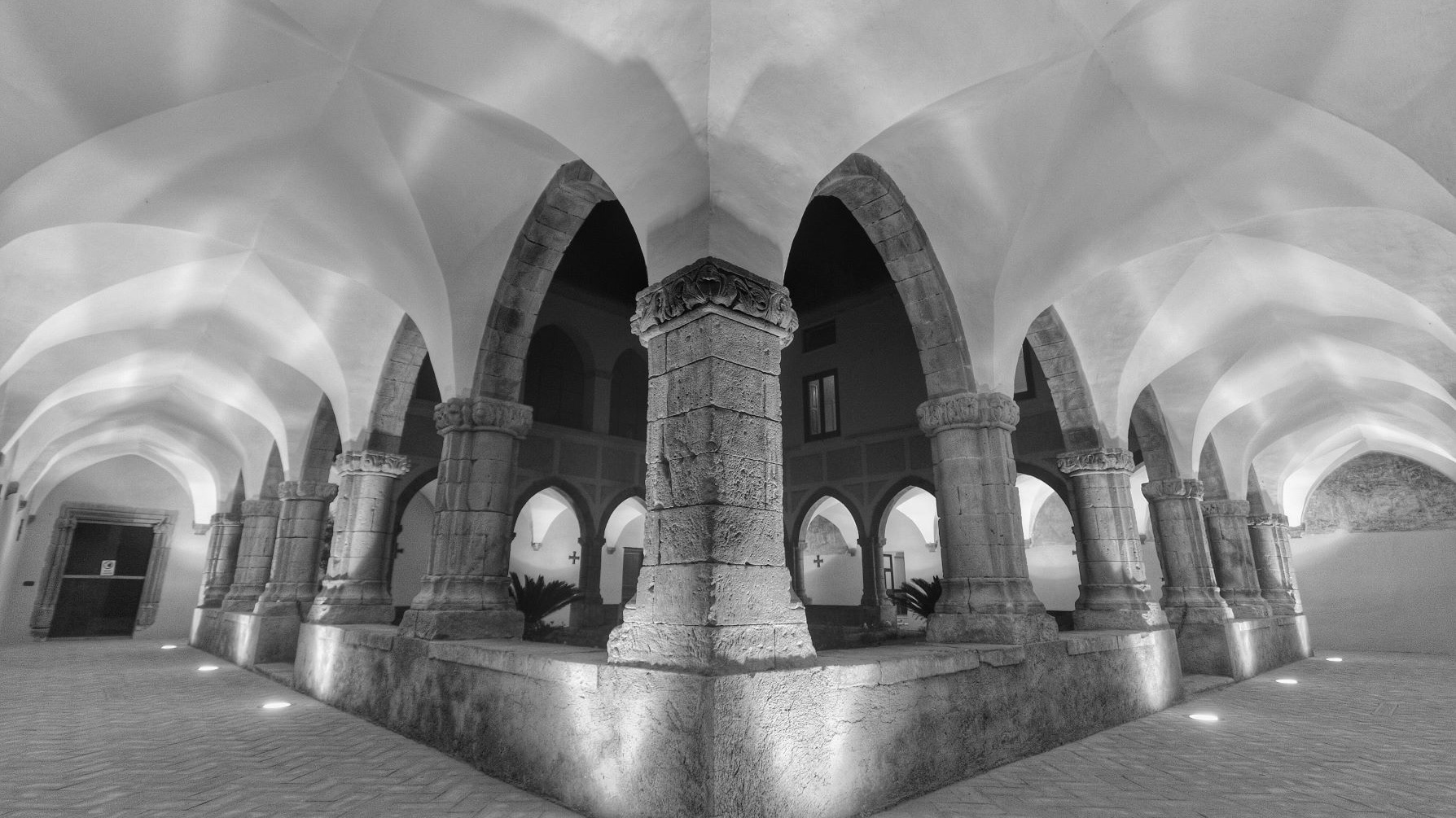
2021
Teano, Monastery of Sant'Antonio da Padova
On the top of the homonymous hill stands the Franciscan monastic complex dedicated to St. Anthony of Padua, a true symbol of Sidycin and non-Sidycin Christian devotion. Much has been written about the monastic complex in recent decades and almost everything is known about it by now. The monastery was built in 1427 by the Franciscan friars Martino di Campagna and Nicola di Castellammare di Stabia on a land owned by the knight Ludovico Galluccio
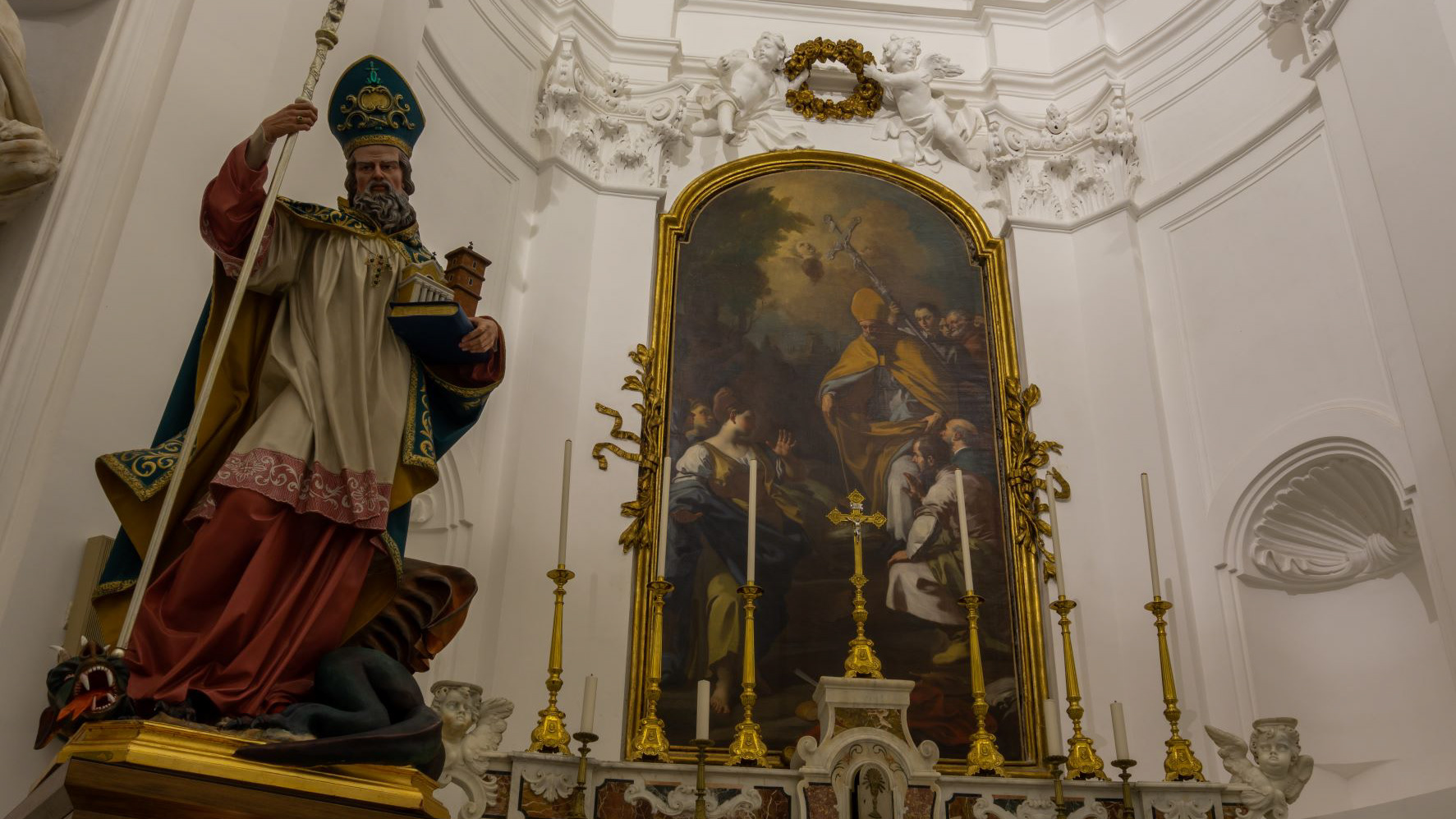
2021
Teano. The Dome. The Chapel of San Paride
The cathedral, originally dedicated to San Terenziano, was later named after San Clemente. Construction began in 1050 by Bishop Guglielmo, to replace the old cathedral of San Paride ad Fontem, located outside the city walls. The works were completed in 1116 by Bishop Pandulfo. The building has a basilica structure divided into three naves by two rows of columns. In 1608 it was damaged internally by a fire that almost completely destroyed the cosmates ambo, subsequently recomposed using the remains of the previous one integrated with the marble slabs of a fourteenth-century sepulchral monument already present in the church and positioned on twisted columns, two of which rested on fountain lions. During the 16th century the Romanesque apse was modified and on that occasion a precious carved wooden choir was built in the presbytery, built in 1539 by the Benedictine Antonio Maria Sertorio. The choir underwent two restorations, the first in the 17th century and the second in 1957, following the damage suffered during the Second World War.
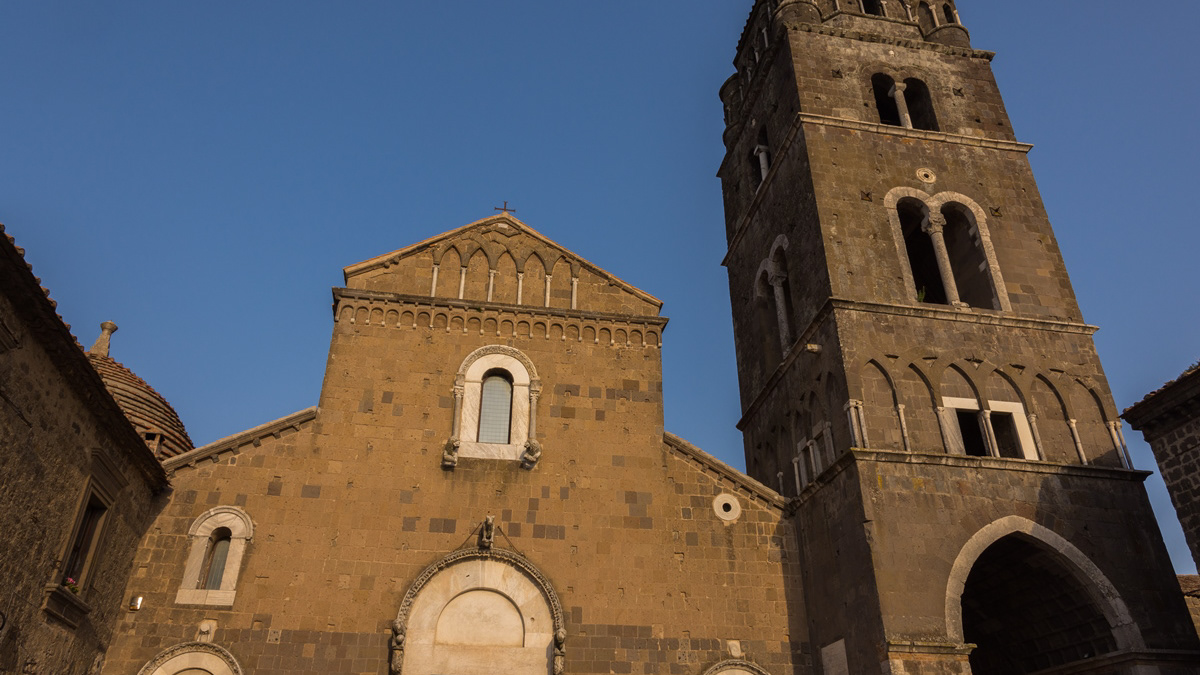
2017
Casertavecchia, the Cathedral
The church, dedicated to San Michele Arcangelo, stands in a medieval village of Lombard origin located on the top of a hill, at 401 meters on the slopes of the Tifatini Mountains. The town is a hilly hamlet located about 10 kilometers from the capital and is today called "Caserta vecchia" or Casertavecchia but in the Middle Ages simply "Caserta" (originally Casa Hirta) before the name passed to the center on the plain (previously called Torri, then Caserta new and finally Caserta). Casertavecchia was an important fortified center, the seat of a Lombard county, later Norman, and the seat of a diocese, after the destruction, in the early Middle Ages, of the ancient episcopal seat of Calatia (near the current Maddaloni).
2022
Caserta, the Royal Palace. The English Garden.
The Royal Palace of Caserta is a royal residence, historically belonging to the Bourbons of the Two Sicilies, located in Caserta. Commissioned by Charles of Bourbon, the laying of the first stone, which started the construction work, took place on January 20, 1752, based on a project by Luigi Vanvitelli: this was followed by his son Carlo and other architects. The palace was completed in 1845.
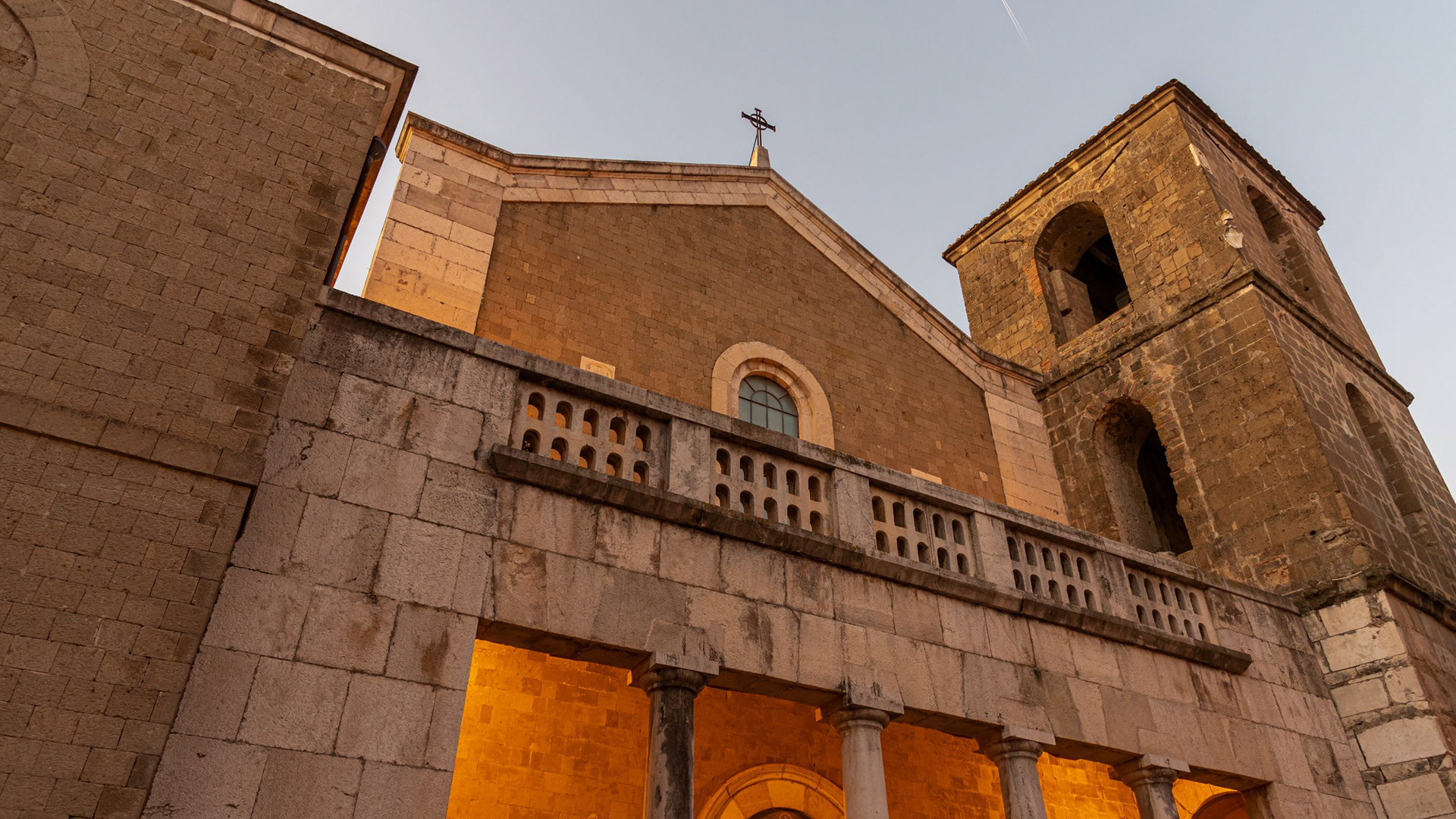
2020
Teano. The Cathedral. The main facade
The cathedral, originally dedicated to San Terenziano, was later named after San Clemente. Construction began in 1050 by Bishop Guglielmo, to replace the old cathedral of San Paride ad Fontem, located outside the city walls. The works were completed in 1116 by Bishop Pandulfo. The building has a basilica structure divided into three naves by two rows of columns. In 1608 it was damaged internally by a fire that almost completely destroyed the cosmates ambo, subsequently recomposed using the remains of the previous one integrated with the marble slabs of a fourteenth-century sepulchral monument already present in the church and positioned on twisted columns, two of which rested on fountain lions. During the 16th century the Romanesque apse was modified and on that occasion a precious carved wooden choir was built in the presbytery, built in 1539 by the Benedictine Antonio Maria Sertorio. The choir underwent two restorations, the first in the 17th century and the second in 1957, following the damage suffered during the Second World War.
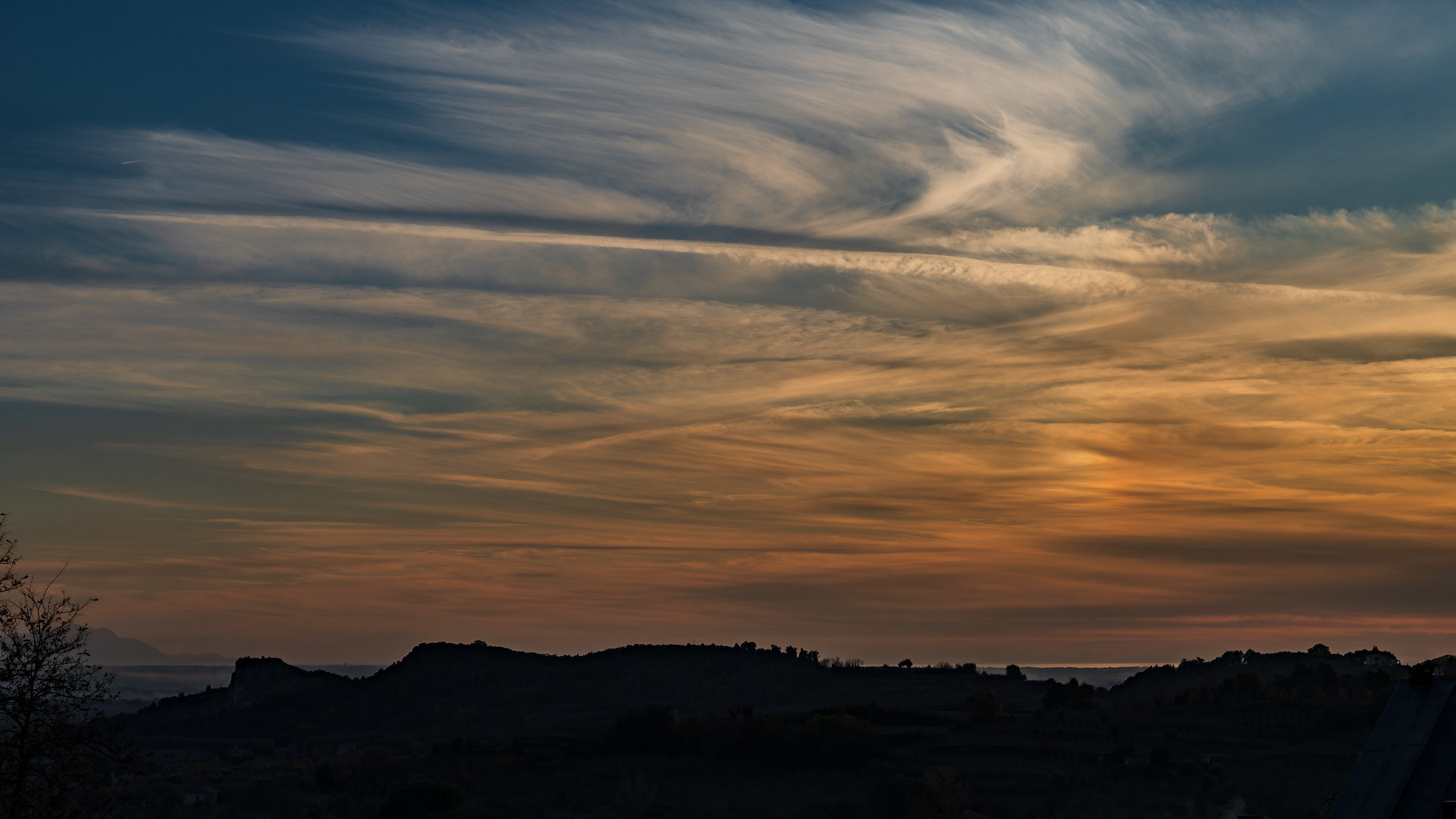
2025
Campania Felix. Spectacular sunset

2024
Vairano Patenora. Church of Santa Maria di Loreto
The exact date of its construction is not known, but it must be very ancient, it is mentioned in a description from 1660. It was built by the cleric Carpino returning from a pilgrimage to Loreto.

2021
Teano. The Dome. The Pulpit
The cathedral, originally dedicated to San Terenziano, was later named after San Clemente. Construction began in 1050 by Bishop Guglielmo, to replace the old cathedral of San Paride ad Fontem, located outside the city walls. The works were completed in 1116 by Bishop Pandulfo. The building has a basilica structure divided into three naves by two rows of columns. In 1608 it was damaged internally by a fire that almost completely destroyed the cosmates ambo, subsequently recomposed using the remains of the previous one integrated with the marble slabs of a fourteenth-century sepulchral monument already present in the church and positioned on twisted columns, two of which rested on fountain lions. During the 16th century the Romanesque apse was modified and on that occasion a precious carved wooden choir was built in the presbytery, built in 1539 by the Benedictine Antonio Maria Sertorio. The choir underwent two restorations, the first in the 17th century and the second in 1957, following the damage suffered during the Second World War.
2022
Teano, the Cathedral of San Clemente.
The cathedral of San Clemente is the main place of worship in the city of Teano, in Campania, and the seat of the diocese of Teano-Calvi
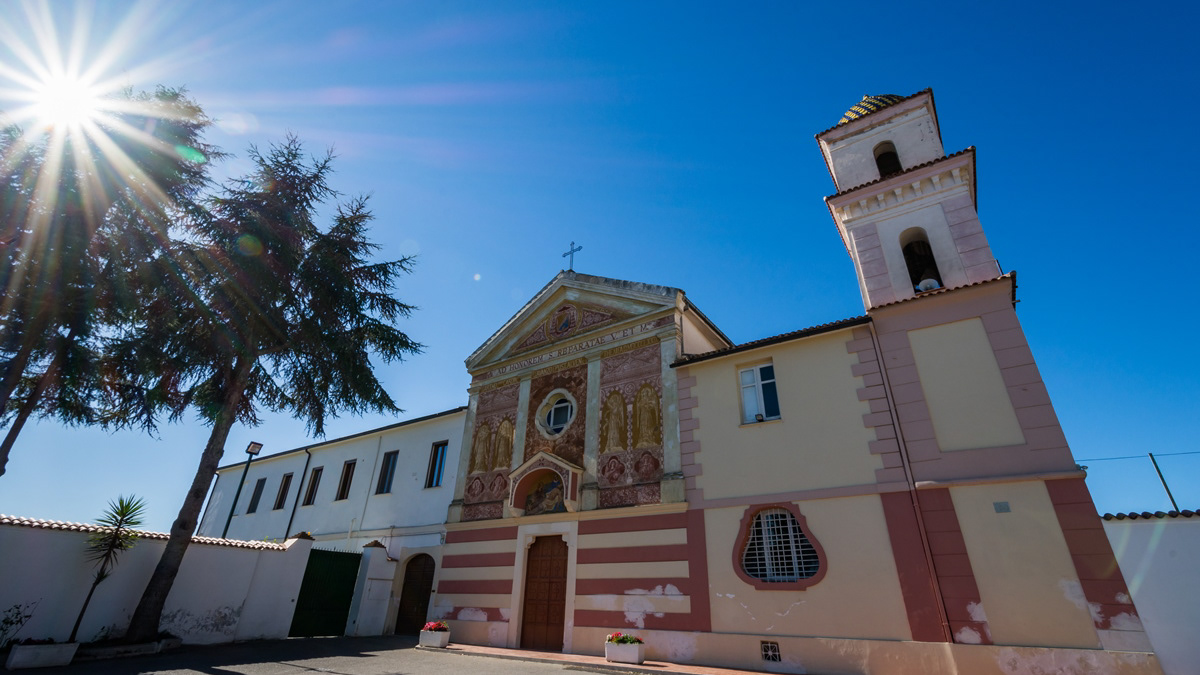
2018
Teano (CE) - Monastery of Santa Reparata
The Monastery of S. Reparata, probably founded in the 9th century, was canonically suppressed after the Council of Trent, due to the prohibition against holding female monasteries outside the town. The nuns were welcomed in the Monastery of S. Caterina.
The Monastery of S. Reparata is located along the road to Roccamonfina, in the Pino district and its foundation is not prior to 804 as it is not mentioned in the privilege of Charlemagne, which lists all the Benedictine possessions in Teano. The most probable date is the second half of the century. IX. According to the Bishop Mons. Domenico Giordano, the transfer of S. Reparata to the Cathedral took place in the year 880. It is one of the most important monasteries in Teano because the remains of Santa Reparata, who is the patron saint of Nice, are kept inside the church. his diocese, of the cities of Atri and Casoli; she co-patroness of Florence, of Teano, of the diocese of Teramo-Atri and patroness and protector of the municipality of Pesco Sannita.
